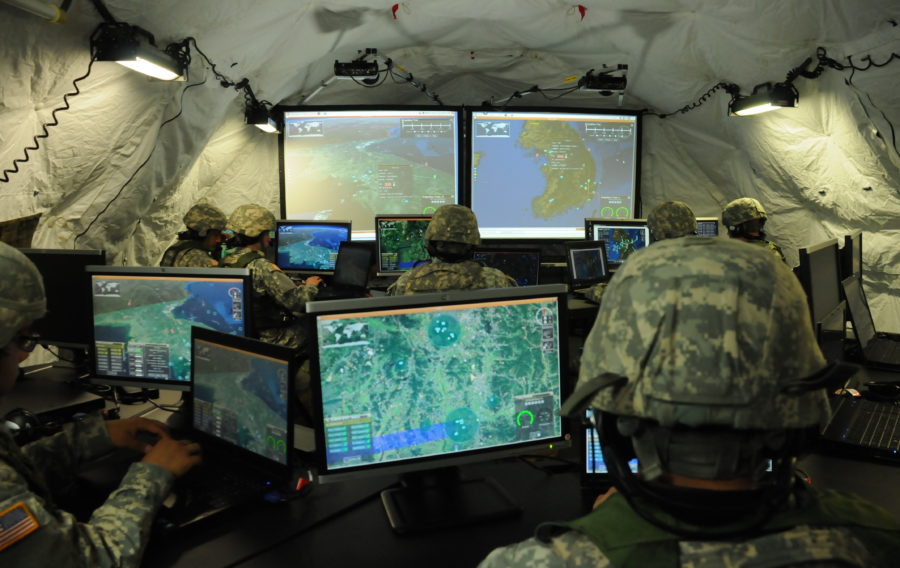
US Army soldiers have successfully completed a major developmental test of the Integrated Air and Missile Defence (IAMD) Battle Command System (IBCS) developed by Northrop Grumman.
The test, referred to as a Soldier Checkout Event (SCOE) was carried out by soldiers from Fort Bliss, Texas, and Fort Sill, Oklahoma and took place at Tobin Wells in Fort Bliss over three weeks.
Air defenders used IBCS as the common command-and-control (C2) across battalion and battery-level operations using Sentinel and Patriot radars and Patriot Advanced Capability (PAC)-2, PAC-3 and PAC-3 Missile Segment Enhancement interceptors to fight 26 simulated air battles against hundreds of tactical ballistic missile threats.
The SCOE concluded with a 72-hour endurance run of the system that included 18 additional air battles.
Dan Verwiel, Vice President and General Manager of missile defence and protective systems at Northrop Grumman said: “Our flight tests in 2015 and 2016 proved the system could do what was previously thought to be undoable – that IBCS could provide the C2 for sensors and weapon systems never intended to work with each other.
“The lessons learned from last year’s Limited User Test (LUT) have resulted in a substantially improved system. By all indications, IBCS performed exceedingly well; software deficiencies identified during the past LUT have been resolved.”
IBCS and Army IAMD will soon undergo the second phase of the SCOE at Yuma Proving Ground, Arizona, to look at live-air operational performance in a joint environment.
If you would like to join our community and read more articles like this then please click here.
Battle Command System IAMD IBCS Integrated Air and Missile Defence Northrop Grumman







